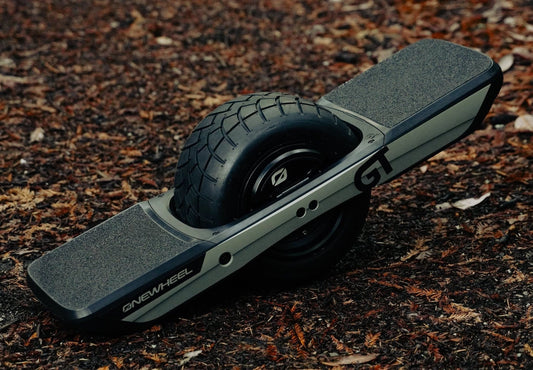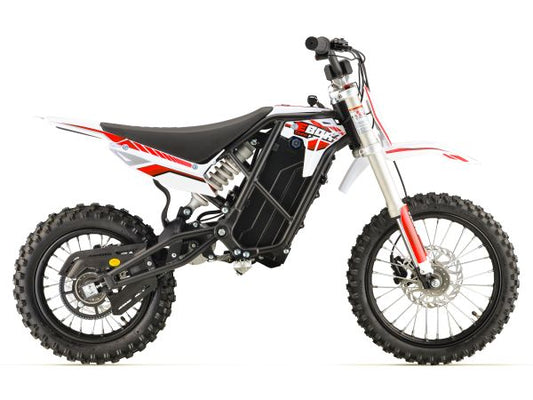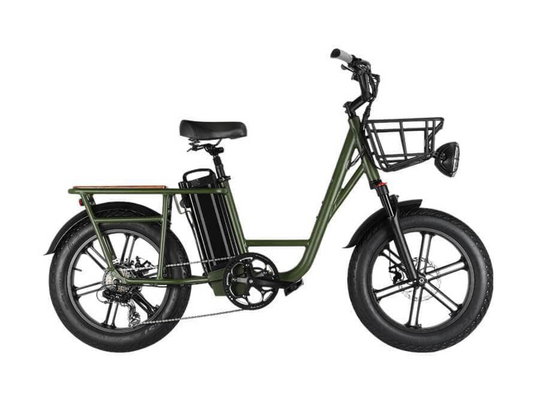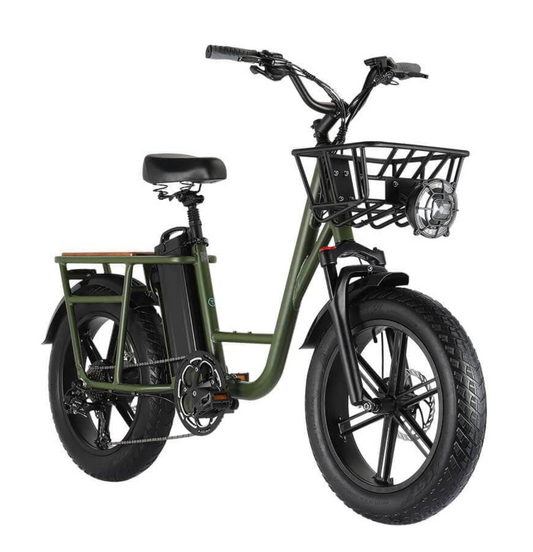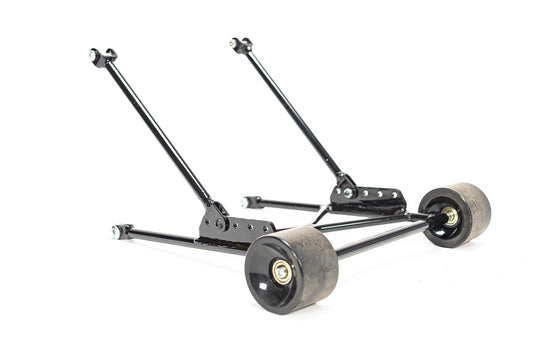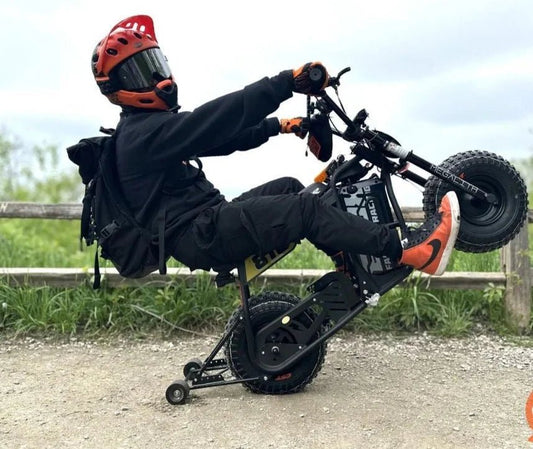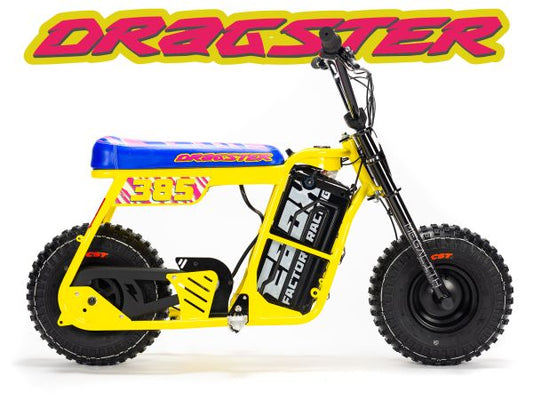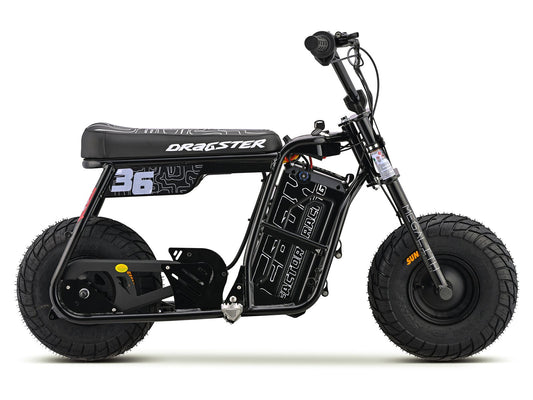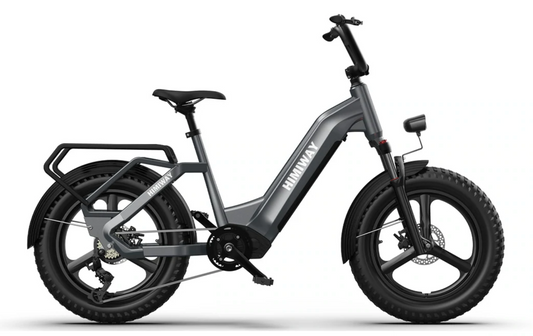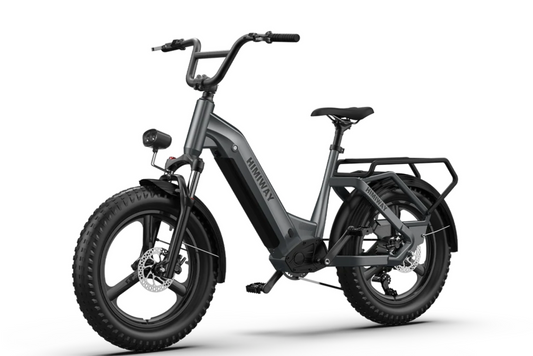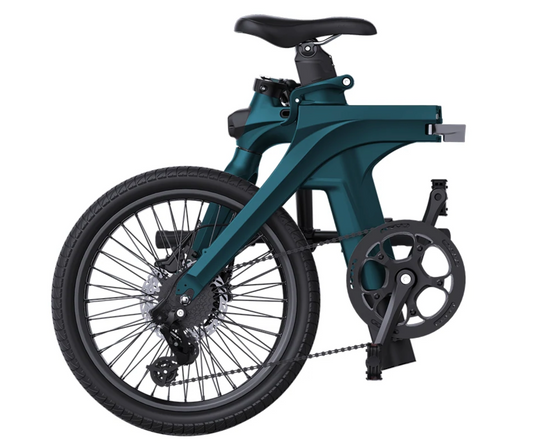How to Ride an Electric Bike
While it does differ from riding a regular bike, most e-bike newbies get the hang of it quickly. Typically, it only takes one test ride for the body’s muscle memory to adapt to the feel of a pedal-assist machine.
Keep the following tips in mind when you first start riding an e-bike:
- Brake earlier because e-bikes are heavier (and faster). Pedal-assist power overcomes the sluggishness that a heavier bike might have, but a fast-moving weighty mass also requires an attentive brake hand. E-bikes come with robust brake systems to help, but you still have to be on top of your riding game.
- Ride with a faster cadence. An e-bike is most efficient when pedaled at a faster cadence than is typically used on a regular bike, especially when climbing hills. It’s not that you can’t have a lower cadence, it’s just that your e-bike rides more smoothly and gets better battery life if you spin the pedals faster. So get used to using lower gears.
- Ride in low-assist modes as much as possible. Motor settings range from “eco” to “turbo” (terms vary), with one or two in between. Mode choice has a direct effect on battery life—riding range—so the more you ride in eco mode, the better. Save turbo for when you truly need it. If you feel eco isn’t helping much, try riding with the motor switched off—eco will feel zippy after that. Less assist from the motor also means you get a better workout.
Comments
Leave a comment
Your Email Address Will Not Be Published. Required Fields Are Marked *
Popular Posts
7 Best Beginner eBikes for Teens: Ride into Freedom with EZE Ryders
🚴♀️ Electric Bikes for Teens: Where Freedom Meets Fun Teens crave independence, and electric...
Throne SRPNT: Unleash 12,500W Power and Custom Style in San Diego
Rule the Streets: Throne SRPNT Now Available at EZE Ryders San Diego, your next-level...
Power Up Your Ride: The Ultimate Guide to Electric Bikes and Future Trends
Discover the world of electric bikes with our in-depth guide covering e-bike types, key...
Get eBike News!
Subscribe to our newsletter to stay up to date on new bikes, boards, and so much more from EZE Ryders!
Wan to Tour San Diego? We Have Electric Bike Rentals!
EZE Ryders eBike Rentals is San Diego's is a premier electric-bike rental service. Discover the city's stunning scenery and bike-friendly routes on our high-quality beach cruisers, mountain bikes, road bikes, and electric bikes.












